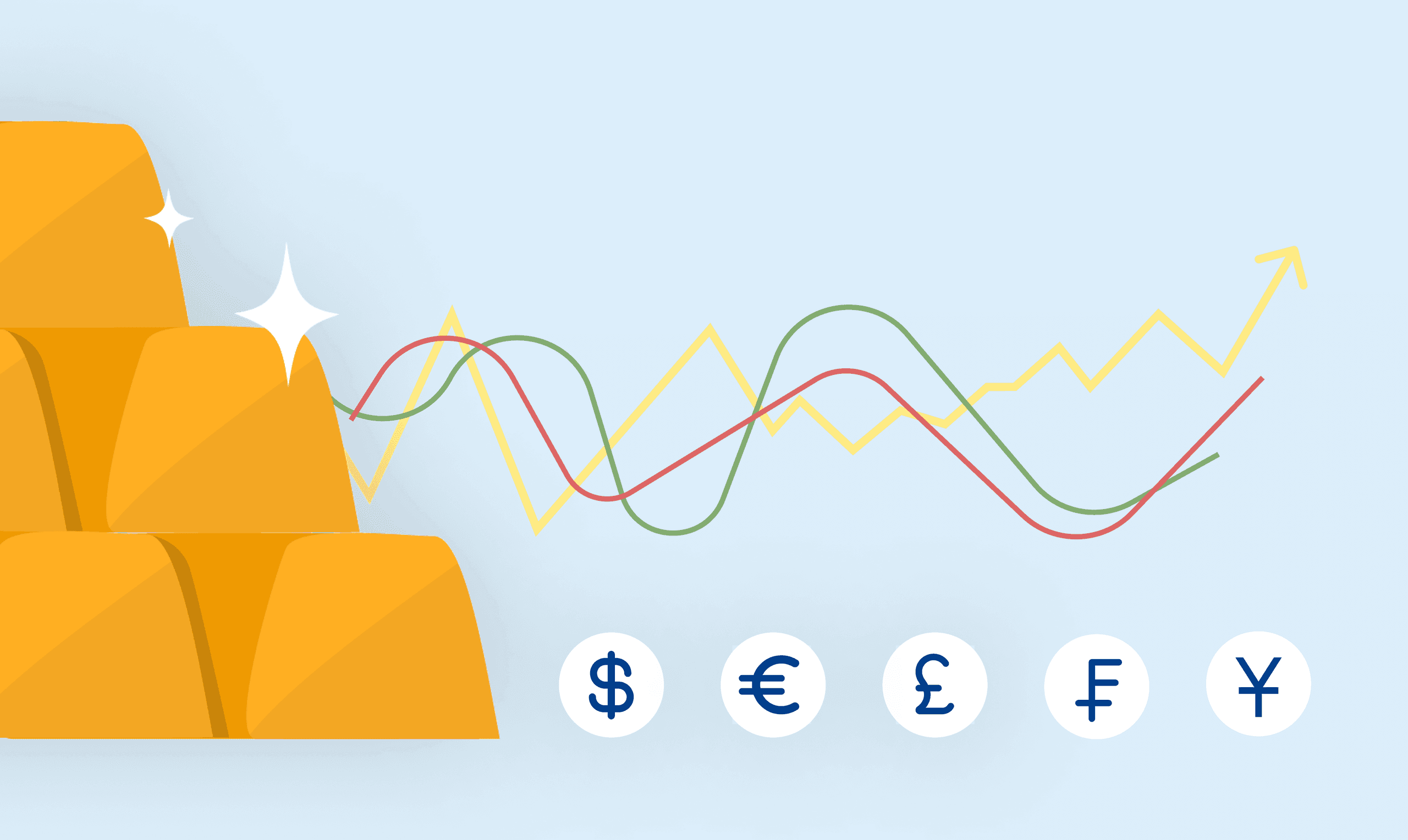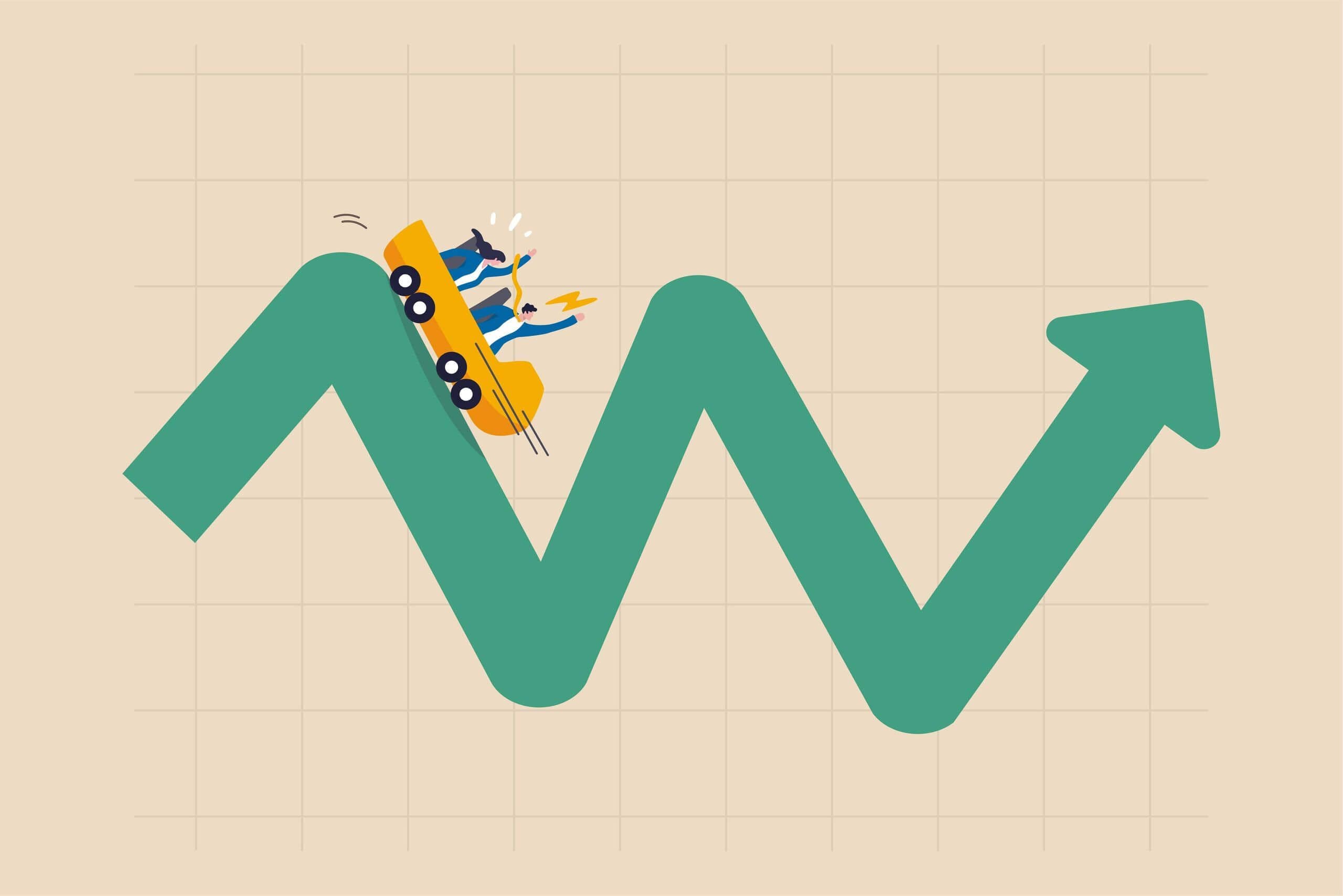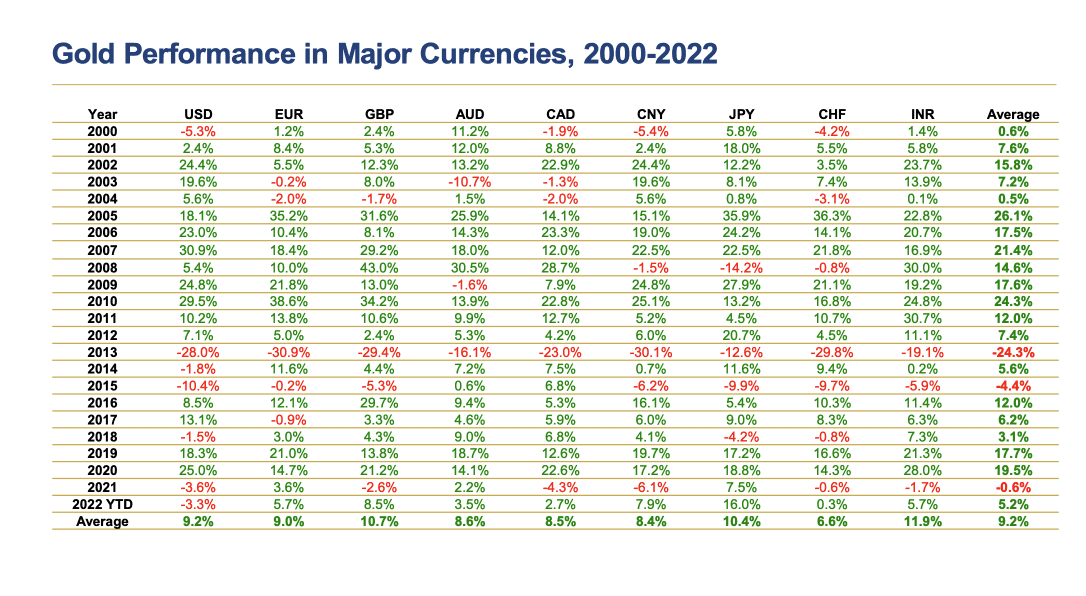The Price of Gold in Global Currencies: Year-End Review

Gold has had an interesting year, moving up and down mostly due to high inflation and rising interest rates. But there is one often-forgotten driver that’s essential to look at to really see how gold has performed.

